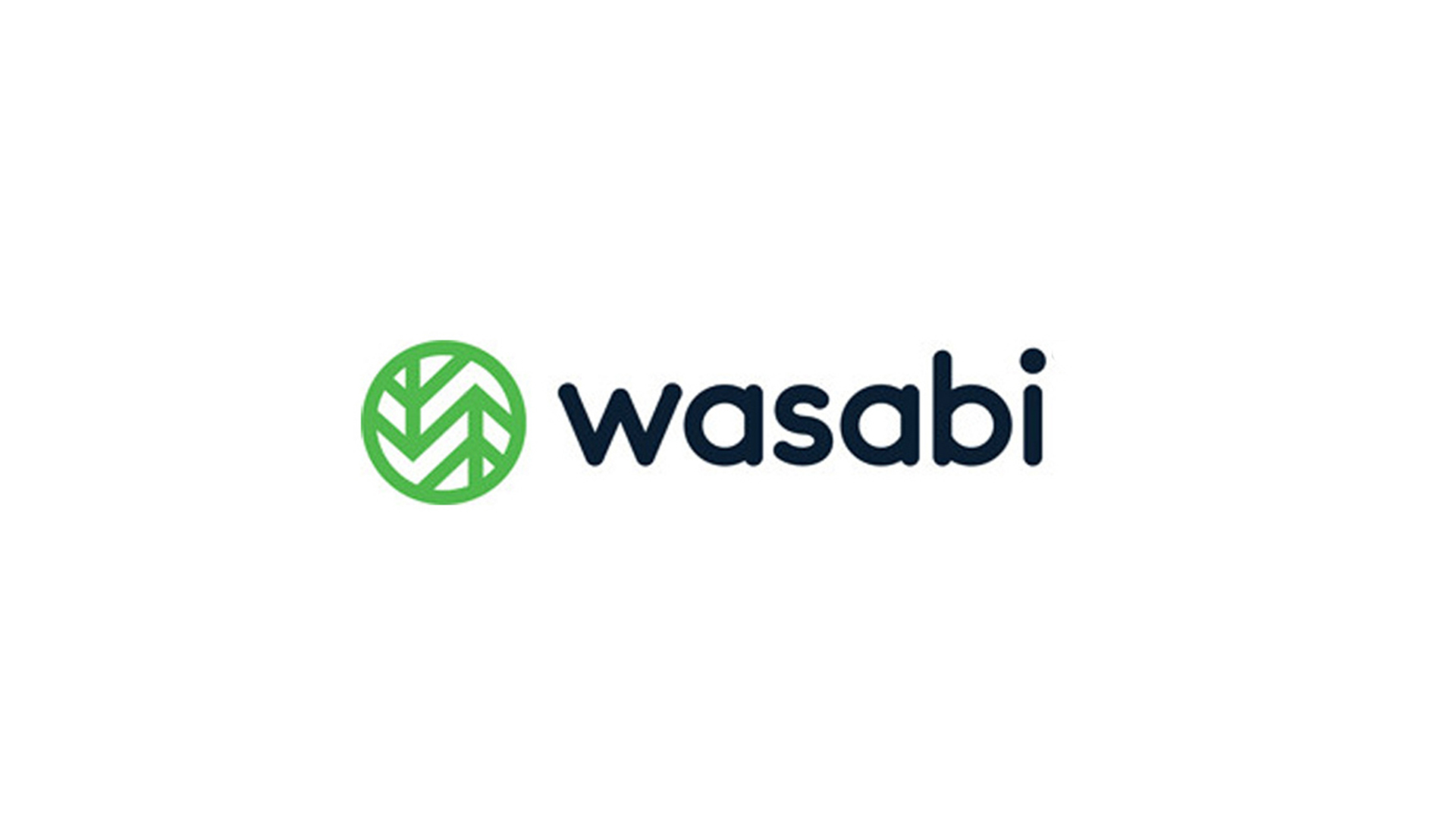Partner portals: this time it’s personal
James Hodgkinson on why partner portals often fail to deliver for the channel

The portal-based approach to engaging with partners is no longer working.
Most channel managers and partners no longer even regard portals as sales enablement tools, viewing them instead as administrative spaces, used to register leads; update opportunities and download the occasional case study.
One key challenge is that the content required to run a successful channel programme is spread across more disparate systems than ever. The migration of critical enterprise systems to purpose-built cloud-based SaaS systems has only exacerbated the problem. Pulling together the right content from the raft of content repositories relevant to any one client is therefore becoming increasingly difficult. Add to that, the fact that each partner’s challenges vary depending on their status in the channel programme, their regional focus and product offerings and the problems seem even more intractable.
Unfortunately, portal designers currently often fail to rise to the challenge. There is often too much emphasis on vendor requirements and not enough on those of the partner. The approach is typically one-size-fits-all with little content personalised to the interests and needs of the channel audience.
Clunky, dull and uninspiring portal layouts and user interfaces often make matters worse by preventing users from easily navigating information and quickly finding what they need. And in an age where user expectations have been raised significantly by simple intuitive digital technology in the home environment, platforms that make it difficult to access content or that struggle to deliver content personalised to users’ needs are no longer acceptable.
Finding an Answer
Contextual content delivery can provide a solution to the above challenges, putting the user in complete control of what they want and how they want to see it and enabling a completely personal, two-way, online conversation between a company and every person in its channel – anywhere in the world and on any device.
ChannelPro Newsletter
Stay up to date with the latest Channel industry news and analysis with our twice-weekly newsletter
This kind of bespoke user personalisation may sound like a big deal but. Some of the latest partner portal technologies use sophisticated user interfaces and robust APIs to integrate with all data sources that may be relevant to the channel from CRM solutions to marketing automation software and consolidates it all into a central data source. That’s stage one.
The next equally critical phase is to apply audience intelligence that drives the unique experience for each user. Using technology in this way to understand all of the different members of the channel group, from channel managers to partners, their specific requirements as well as the relationships between each, ensures vendors can deliver the right content to the right person at the right time, and on any device.
Advantage Channel
There is a raft of benefits that stakeholders across the channel achieve from this new way of doing business. Channel managers gain a central hub to manage all the content and tools that the channel needs to be successful as well as a central view of all partner activities across all content and systems. The approach also gives them the tools to easily package content around any theme, like a product launch, campaign or opportunity, and then distribute it to the right audience. The channel partner also benefits from access to the central hub to view the latest up-to-the-minute content, relevant to their role, and collaborate on activities with the vendor, no matter whether they are in the office, or on the road.
They can gain a much better understanding of what they are selling and what their main challenges are in doing so. Building on this enhanced awareness, they can start to self-serve and update their records more quickly. By using the model to drive enhanced efficiencies, partners can streamline their operations and make cost savings - and by gaining faster access to more relevant information, they can make more sales and generate more revenues. It’s a completely new, more personalised approach to partner portals and its bringing real benefits today to vendors and their partners alike.
James Hodgkinson is CEO of Webinfinity
-
 The Race Is On for Higher Ed to Adapt: Equity in Hyflex Learning
The Race Is On for Higher Ed to Adapt: Equity in Hyflex LearningBy ITPro
-
 Google faces 'first of its kind' class action for search ads overcharging in UK
Google faces 'first of its kind' class action for search ads overcharging in UKNews Google faces a "first of its kind" £5 billion lawsuit in the UK over accusations it has a monopoly in digital advertising that allows it to overcharge customers.
By Nicole Kobie
-
 Cisco names Oliver Tuszik as global sales chief
Cisco names Oliver Tuszik as global sales chiefNews Cisco has announced the appointment of Oliver Tuszik as its new executive vice president of global sales, who replaces Gary Steele.
By Daniel Todd
-
 Selling on outcomes, not solutions – how the channel can improve sales success in 2025
Selling on outcomes, not solutions – how the channel can improve sales success in 2025Industry Insights The traditional solutions-led approach to channel sales needs to be adapted – here’s how
By Phil Skelton
-
 Wasabi Technologies promotes Jon Howes to SVP of global sales
Wasabi Technologies promotes Jon Howes to SVP of global salesNews The industry veteran will lead the cloud storage firm’s global sales operations as it looks to further growth
By Daniel Todd
-
 Why technology resellers are essential to UK government
Why technology resellers are essential to UK governmentIndustry Insight Technology resellers can play a pivotal role in supporting public sector digital transformation
By Sean Collins
-
 How the channel can maximize market opportunities for business growth
How the channel can maximize market opportunities for business growthIndustry Insight Adapting to emerging technology trends, fostering closer client relationships, and building a strong online presence will be key to maximizing channel growth
By Anton Shelepchuk
-
 Understanding the customer journey is key to building stronger client relationships
Understanding the customer journey is key to building stronger client relationshipsIndustry Insight Understanding the complexities of the modern customer journey will be key to fostering robust, long-term relationships with clients
By Tony McNish
-
 Building channel resilience in 2023 and beyond
Building channel resilience in 2023 and beyondIndustry Insight Building a resilient, robust channel ecosystem could be key to weathering current economic trends
By John Nolan
-
 Veritas bolsters partner program with new incentives and rewards
Veritas bolsters partner program with new incentives and rewardsNews A simplified channel platform process will enable partners to focus on their core strengths in FY24, the company says
By Daniel Todd